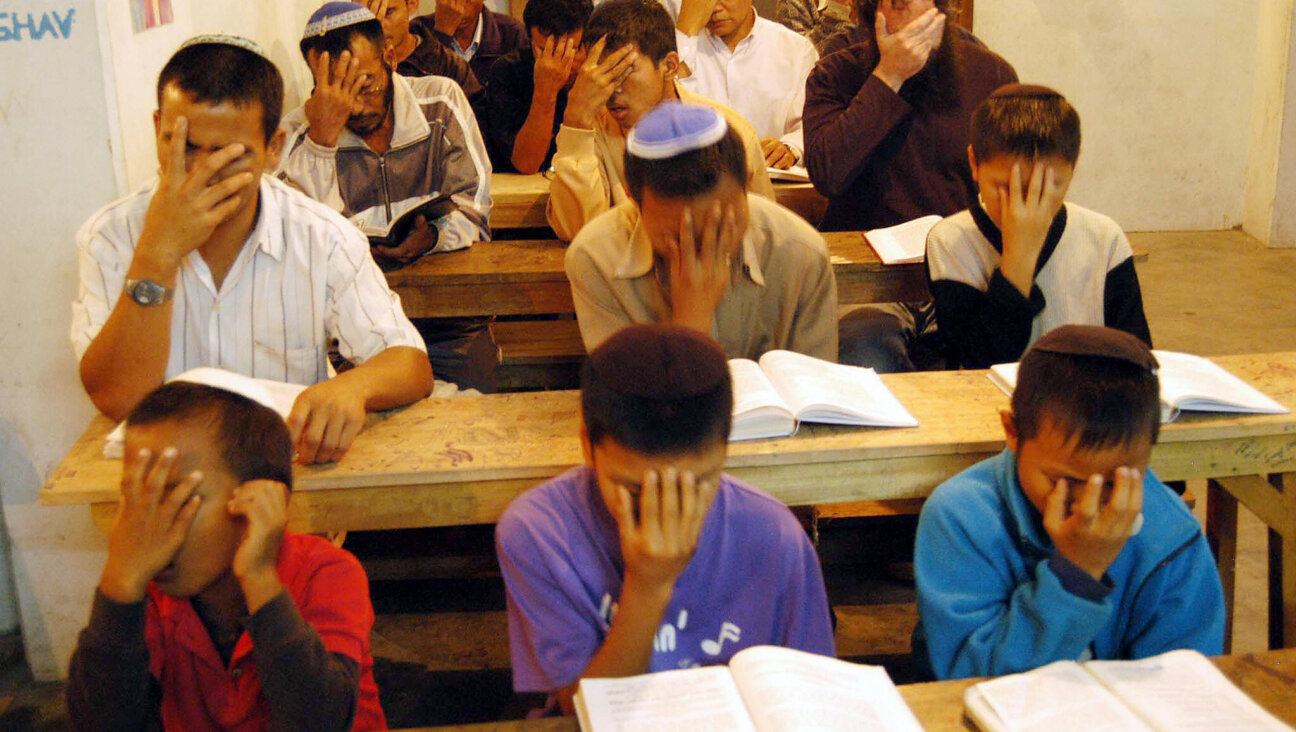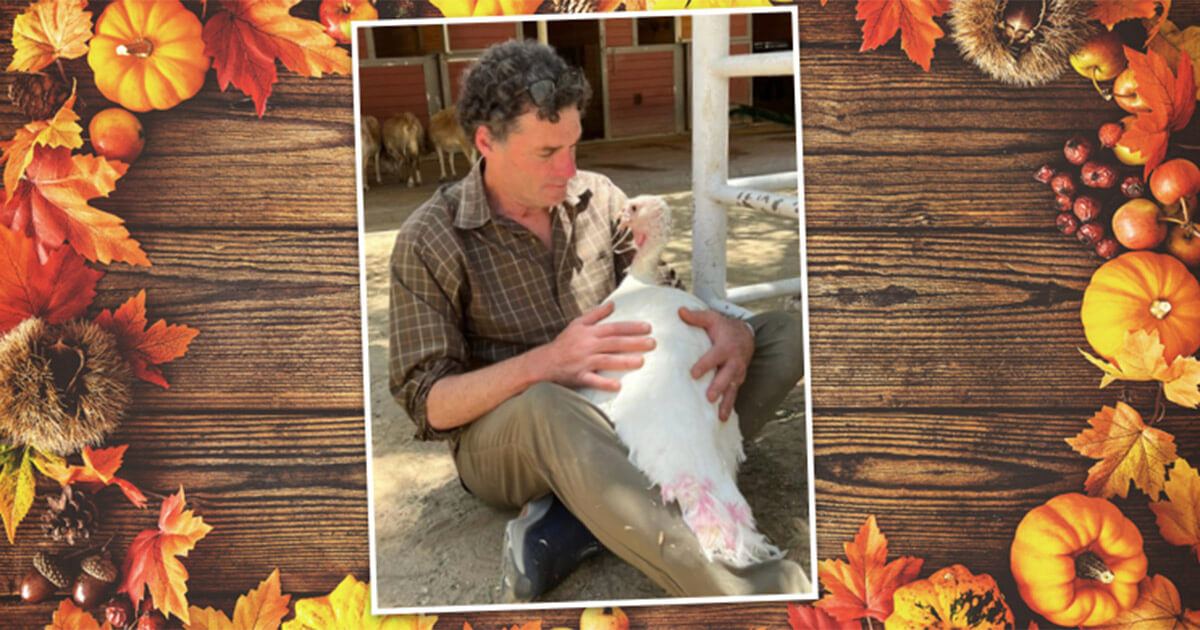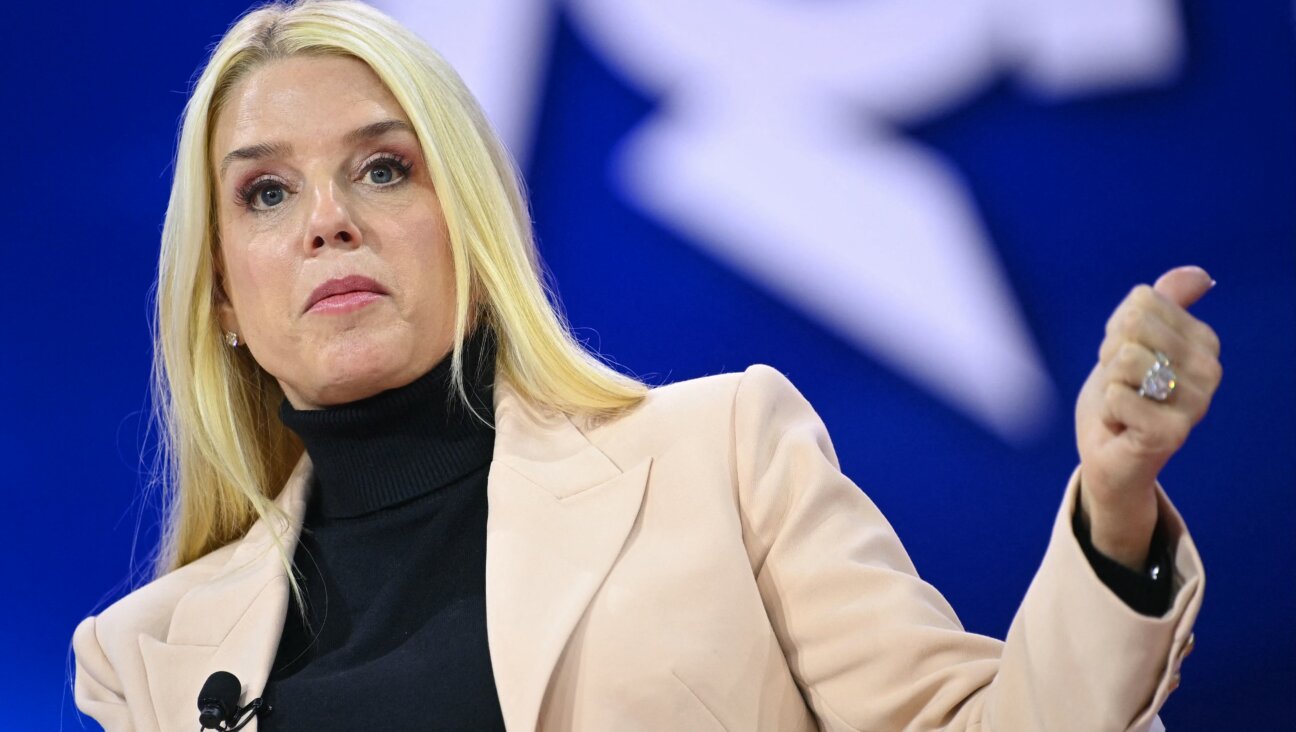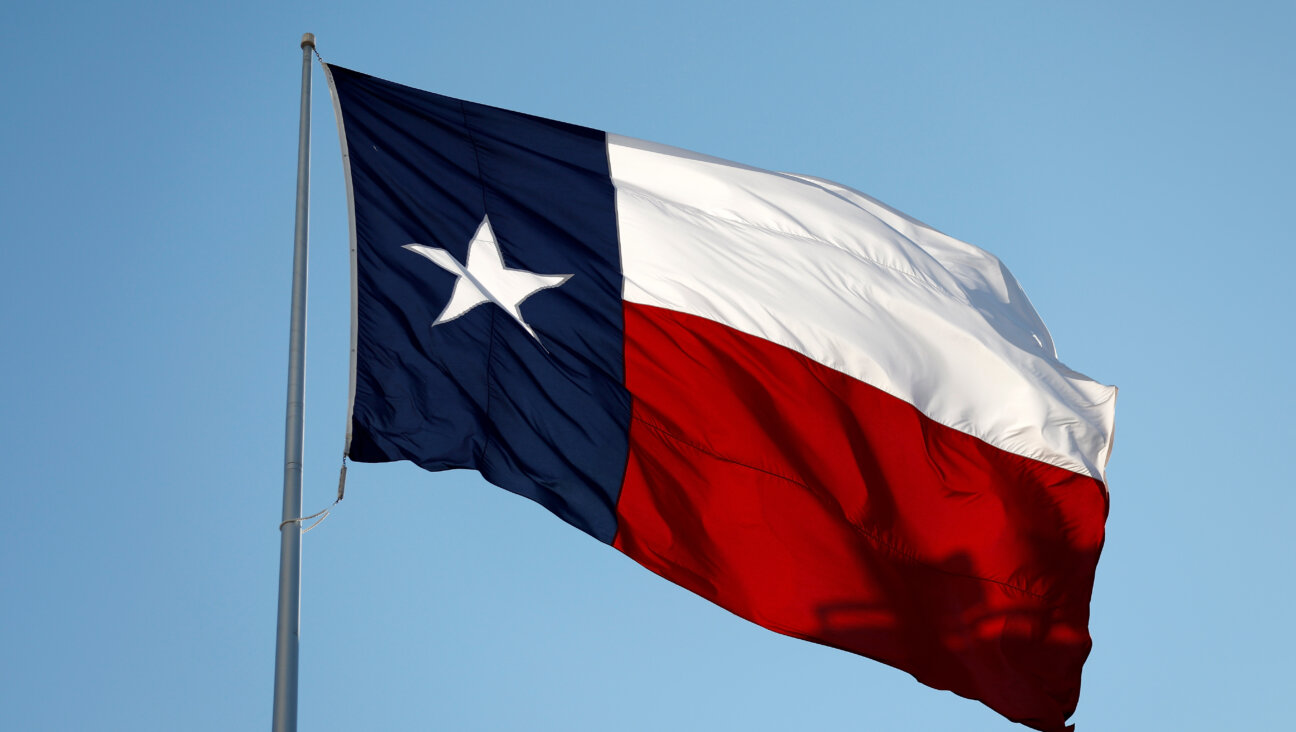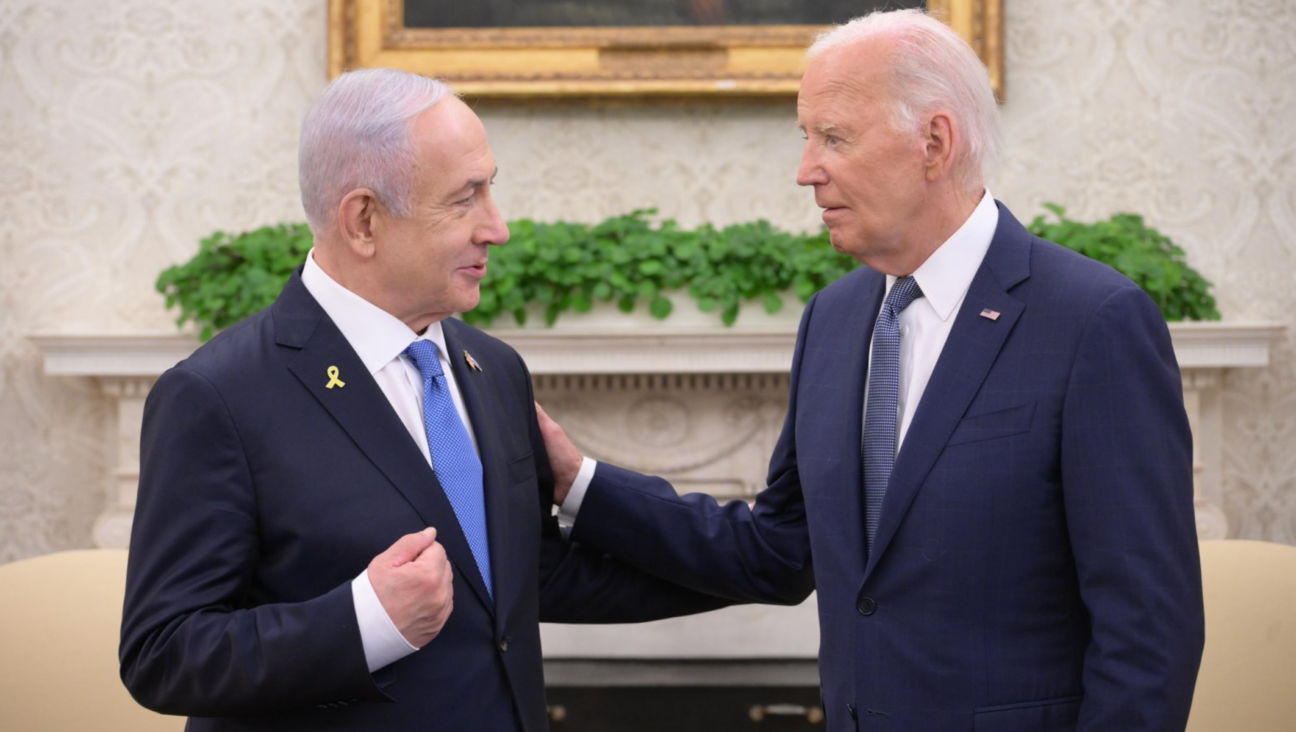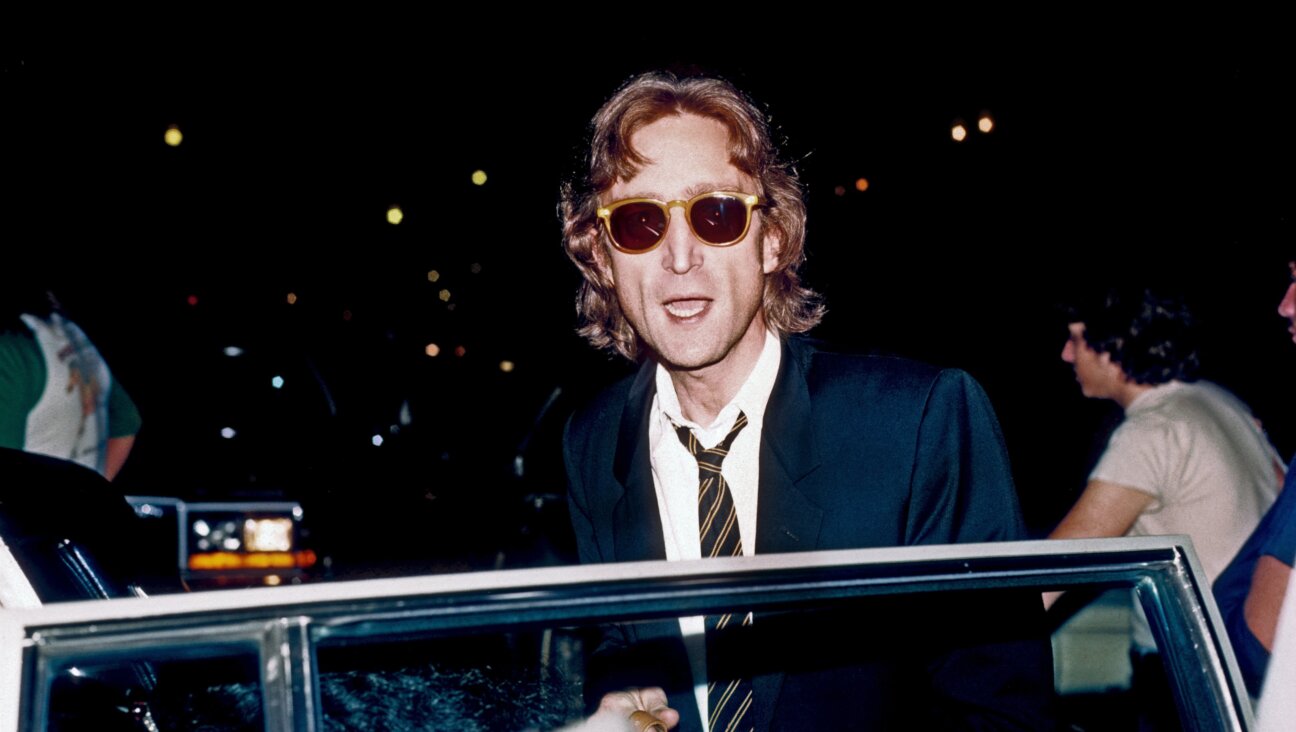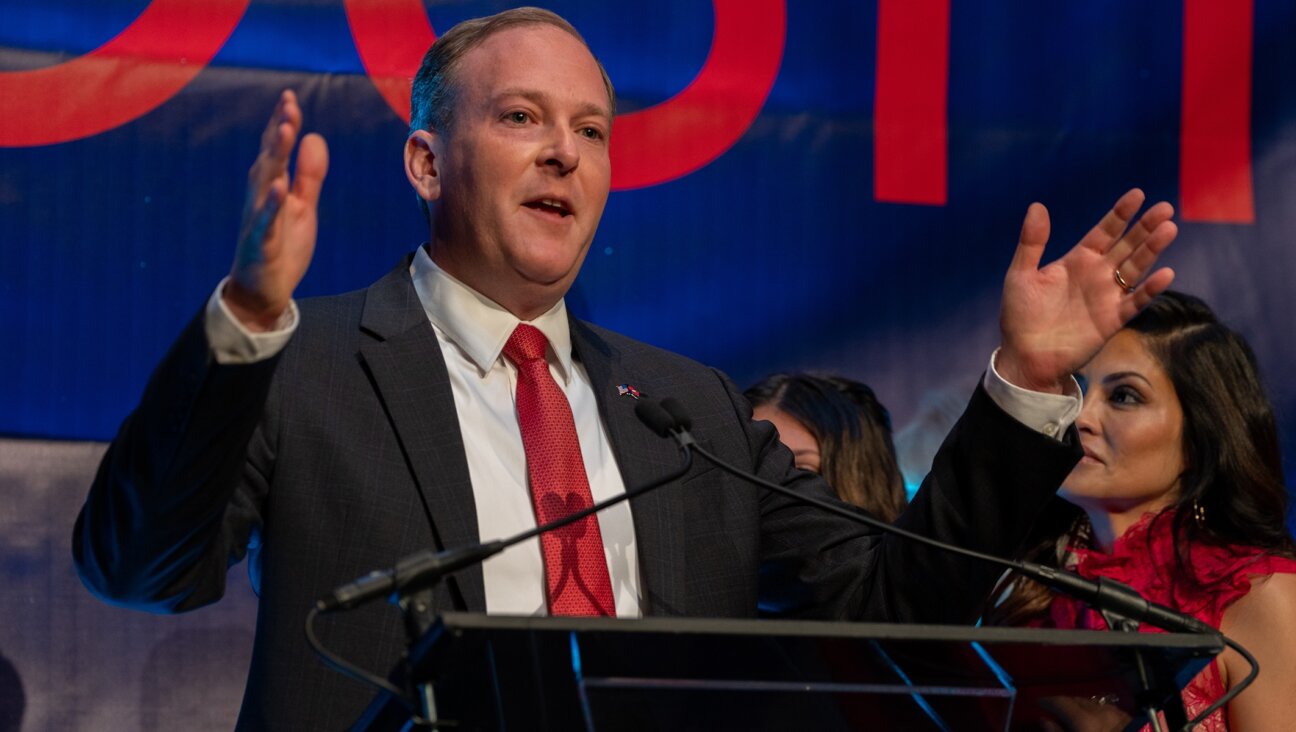November 9, 1989
The East German government said at the time that it was an “anti-fascist protective rampart,” but everyone knew that was Soviet-speak for what it really was: a wall. The Berlin Wall. Made of fencing, barbed wire, concrete, and later surrounded by minefields, the fortified border between East and West Berlin did not only divide a city. It divided the world.
And then, 20 years ago, in one unexpected, spontaneous, ferocious cry for liberty, the wall came down.
There are rare instances when the direction of history turns in a single day, and November 9, 1989 may be one of them. By nightfall it was clear that the Cold War — the standoff between the United States and the Soviet Union, which had defined the world’s political, social and military landscape for decades — was essentially over. And it was ended not by missiles or nuclear strikes, as many had feared, but by the pick axes and raw hands that tore apart the concrete wall.
The resulting change was so swift and dramatic that 20 years now seems like 50. A generation or two of Americans have scant memory of a time when the world was split in two, when one’s enemy inhabited a defined territory, and when the struggle for power and dominance was between two mighty ideologies that transcended race, religion and culture.
It was simpler, but also more complicated; frightening, but clarifying. Then, as now, Americans debated how truly implacable were our foes, specifically whether the Soviet Union deserved to be labeled, in President Reagan words, “the evil empire.” But Jews who were aware of the full scope of Soviet ruthlessness knew that this empire was denying basic human rights to many dissenters, including the refuseniks who were persecuted and imprisoned only because they expressed a desire to emigrate to Israel.
The Berlin Wall was built in 1961 to curtail freedom of movement, specifically the movement of East Germans to the West, which was considered heresy by those who believed that Soviet-bloc countries were too glorious to ever leave. Like the Soviet Union itself, which once seemed so ascendant, the wall began to weaken, challenged by brave and usually futile attempts to escape, then by leaders from outside — Reagan famously demanding “tear down that wall!” — and, most notably, by the people within. The protests grew stronger, the government relented, the checkpoints were flooded, and suddenly families that had been separated for 28 years were reunited.
Even though the pressure that led to November 9, 1989 built for years, it’s worth remembering the power of that day. There have been many courageous cries for freedom since then, in the streets of Burma and Iran, in the voting booths of Iraq and South Africa. But none so clearly brought the tangible closure of witnessing a deadly, menacing wall reduced to rubble by human hands.
A message from our CEO & publisher Rachel Fishman Feddersen

I hope you appreciated this article. Before you go, I’d like to ask you to please support the Forward’s award-winning, nonprofit journalism during this critical time.
We’ve set a goal to raise $260,000 by December 31. That’s an ambitious goal, but one that will give us the resources we need to invest in the high quality news, opinion, analysis and cultural coverage that isn’t available anywhere else.
If you feel inspired to make an impact, now is the time to give something back. Join us as a member at your most generous level.
— Rachel Fishman Feddersen, Publisher and CEO







